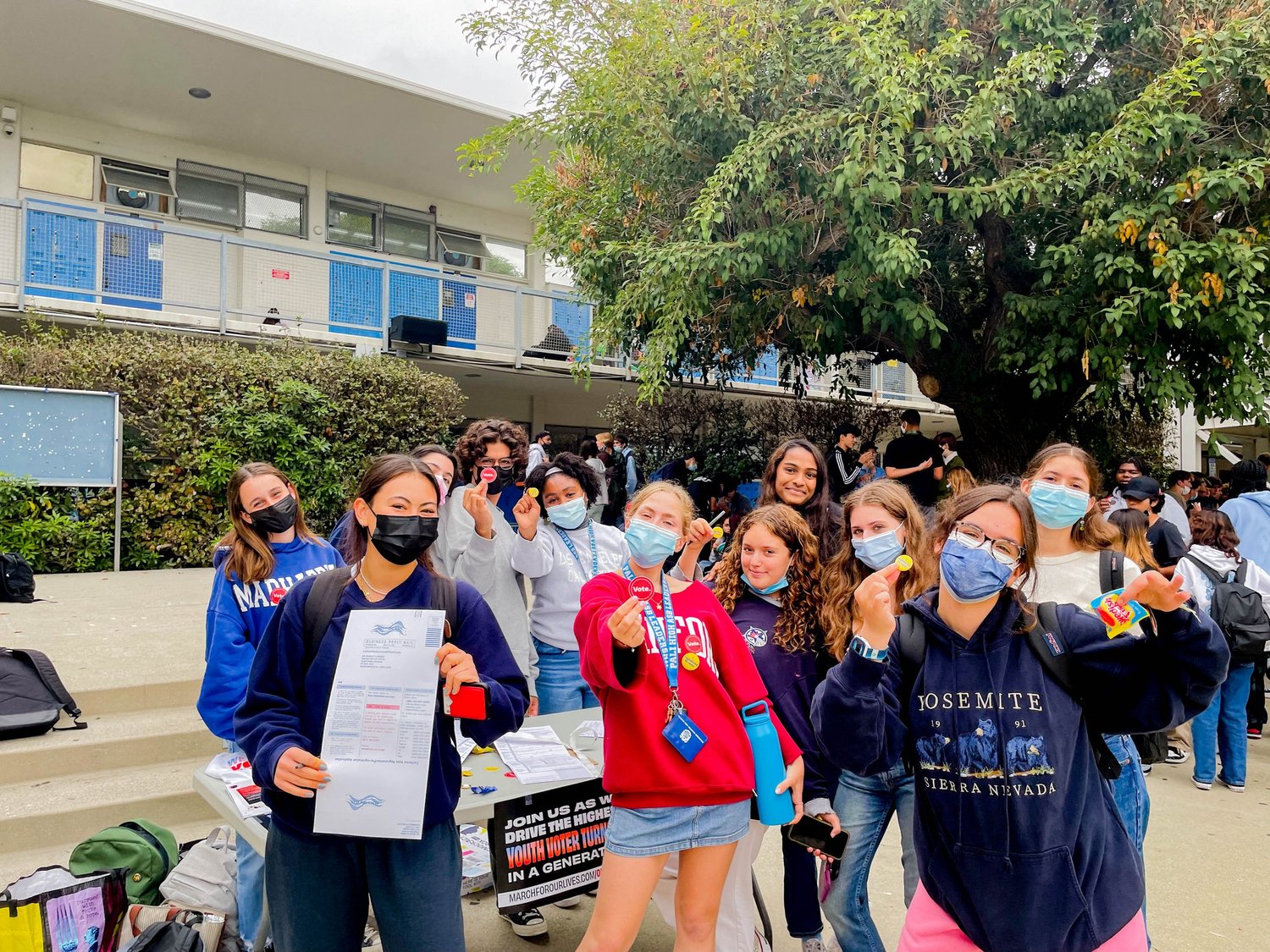Ahead of the 2024 presidential election, significant reforms must be made to increase youth civic engagement and voter participation. In recent years, states have implemented laws and regulations that restrict access to voting, making it more difficult for young people to participate in the electoral process. This trend threatens the fundamental right to vote, which is a cornerstone of our democracy.
However, there is a solution that can help combat voter suppression and promote youth civic engagement. That solution is federal voter preregistration at age 16. Preregistration is a process in which 16- or 17-year-olds can complete a voter registration form which becomes active once they turn 18 years old.
Currently, voter registration and preregistration laws vary widely from state to state. Some states allow for preregistration as early as at age 16, while others do not allow it at all. Fifteen states and Washington, D.C. allow 16-year-olds to preregister, while several states allow preregistration at various other points between ages 17 and 18. Over half of states do not have any form of voter preregistration. By creating a federal policy for voter preregistration at age 16, we can establish a consistent and streamlined youth voting process across the country.
One of the primary benefits of federal voter preregistration is that it creates a pipeline of new voters who are prepared to cast their ballots as soon as they turn 18. This is important because many young people who are eligible to vote do not participate in elections. In the 2020 presidential election, for example, only 52 percent of eligible young voters ages 18 to 29 cast their ballots. In the 35–64 age group, voter turnout was 69 percent, and in the group of 65 and older, voter turnout was 74 percent.
By allowing 16-year-olds to preregister to vote, we can help create a culture of voting among young people and increase youth civic engagement. This, in turn, can lead to higher voter turnout in future elections. For example, Colorado, a state which allows voter preregistration at 16, had a 63 percent youth voter turnout in the 2020 election, whereas Idaho, which does not permit any form of voter preregistration, only saw 48 percent youth voter turnout. A Tufts University CIRCLE study found that in 2020, on average, counties with preregistration had a nine point higher youth voter turnout rate than those without. In the 2018 midterm elections, states with preregistration had an average youth turnout rate of 43 percent, compared to 36 percent in states without preregistration.
Another benefit of federal voter preregistration is that it can help combat voter suppression. Many of the recent state-level changes to voting laws, such as restrictions on early voting and voter ID requirements, have disproportionately affected marginalized communities. This is especially important given that Generation Z is more racially and ethnically diverse than any previous generation in US history. By creating a federal policy for voter preregistration, we can help ensure that all eligible young people have equal access to the voting process.
In addition to promoting accessibility and inclusion, federal voter preregistration can also help young people become more informed and engaged in the democratic process. When young people preregister to vote, they are taking the first step in making voting a lifelong habit. By encouraging young people to preregister, we can help ensure that the next generation of voters is informed, engaged, and ready to participate in American democracy.
The Youth Voting Rights Act is a bill sponsored by Senator Elizabeth Warren in 2022 that would amend the National Voter Registration Act to allow 16- and 17-year-olds to preregister and require states to offer same-day voter registration for federal elections. This would make it easier for young people to register and vote on Election Day. In addition, the bill would provide funding to states to establish and expand programs that educate young people about voting and encourage them to participate in the electoral process. It would also create a grant program to support youth-led voter engagement and outreach initiatives. Overall, the Youth Voting Rights Act aims to increase young people’s engagement in politics and address low voter turnout among this demographic.
This bill is the federal-level solution to this problem, but there are also actions that can be taken at the state level to address youth voter access. Minnesota has a bill pending that would allow voter preregistration at 16 when teenagers obtain their driver’s license or state identification card, enroll in a public high school, or participate in a voter registration drive. This bill has received bipartisan support, and Minnesota’s Secretary of State Steve Simon called the bill “long overdue.”
Engaging young people in the voting process is also important so that their policy concerns are heard. In the 2022 midterms, the top issues of concern to young people were inflation/gas prices, abortion, jobs that pay a living wage, climate change, and gun violence. Many of these topics are not addressed in Congress.
Young people must be encouraged to voice their concerns at the ballot box. The times they are a-changin’, and it is time for federal law to change with them.
